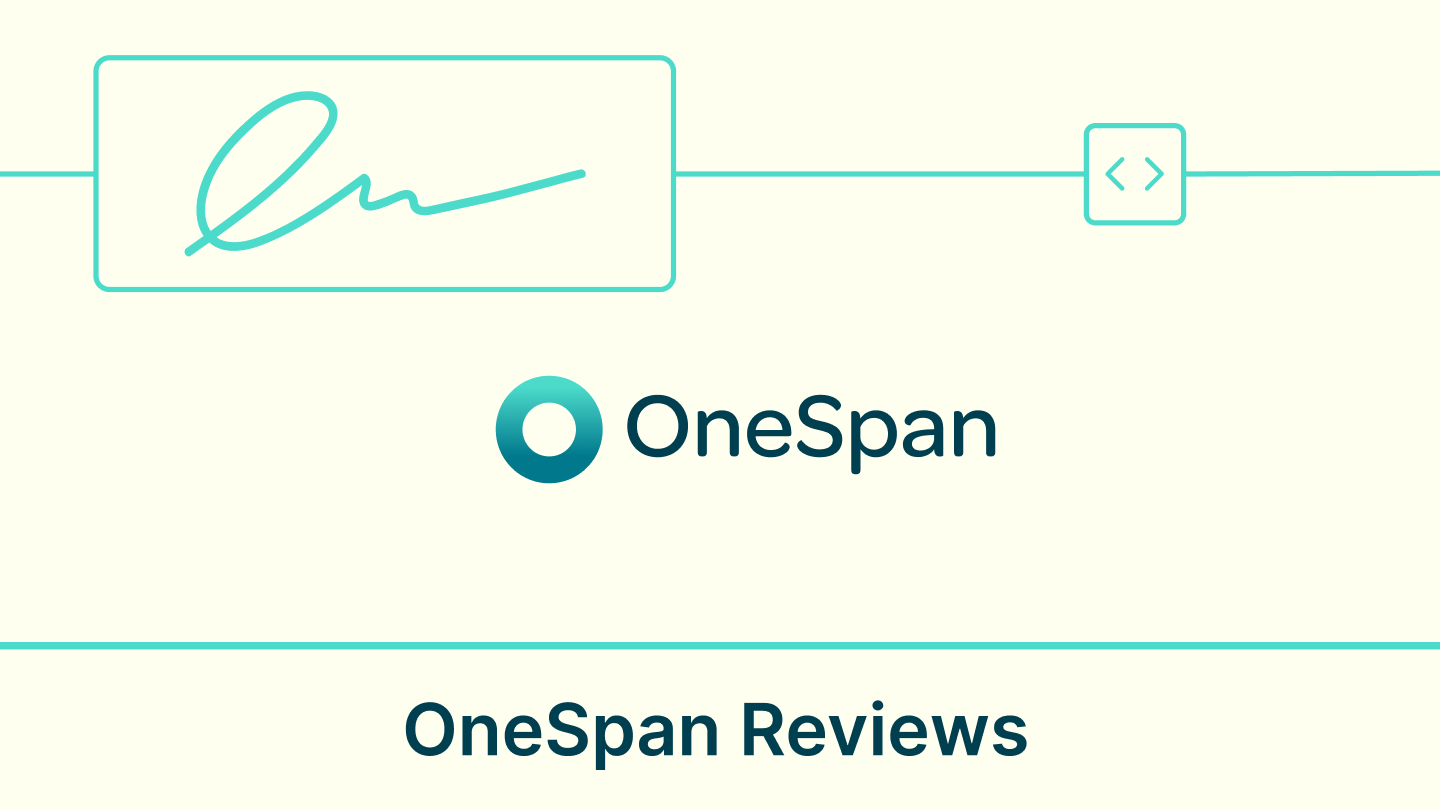There are times when a form, questionnaire, or contract needs to be more than just a static document. You might need others to type in their details, sign, or provide feedback—all digitally, without printing or scanning.
That’s where fillable PDFs come in. They make tasks like client onboarding, internal processes, or reusable templates easier and more efficient.
Want to create one? It’s simpler than you think. Let’s get started!
How to create a fillable PDF for free
Creating a fillable PDF doesn’t have to be complicated or expensive. Here’s a step-by-step guide to help you create one using two popular tools — Signeasy and Adobe Acrobat.
a. Using Signeasy
Signeasy is a free, user-friendly tool that allows you to create fillable PDFs quickly, whether you’re on your desktop or mobile.
Steps to create a fillable PDF with Signeasy:
- Sign up or log in:
- Visit the Signeasy website or download the app.
- Create a free account or log in if you already have one.
- Upload your document:
- Click on "Upload Document" and select the PDF or document you want to make fillable.
- Signeasy supports PDFs, Word files, and more, making it versatile.
- Add fillable fields:
- Once the document is uploaded, add signer details and click on “Next”
- When the document opens up, add text boxes, checkboxes, date, or signature fields wherever needed.
- Share the PDF:
- Click on Send for Signature to share your fillable PDF directly through email.
- Signeasy allows seamless sharing and tracking.
Why use Signeasy?
- Mobile-friendly: Perfect for on-the-go editing and sharing.
- Ease of sharing: Email or share links without downloading additional apps.
- Intuitive design: No steep learning curve, even for beginners.
b. Using Adobe Acrobat (Free Version)
Adobe Acrobat is one of the most popular tools for working with PDFs, but its free version comes with certain limitations. Still, it’s a good option for creating basic fillable PDFs.
Steps to create a fillable PDF with Adobe Acrobat free version:
- Download and install Acrobat Reader:
- Install Adobe Acrobat Reader DC (free version) from the Adobe website.
- Upload your PDF document:
- Open Adobe Acrobat and select "File > Open."
- Choose the document you want to edit.
- Add Form Fields:
- Switch to the “Prepare Form” tool (only available in Pro for advanced options).
- For the free version, manually edit the document by typing directly into the PDF where fillable fields are needed.
- Use tools like the “Comment” feature for basic interactivity.
- Save the file:
- Save your file as a PDF once your edits are complete.
- Ensure the settings allow editing by others if required.
- Share the PDF:
- Send the file via email or upload it to cloud storage for sharing.
Limitations of Adobe Acrobat free version:
- Limited editing tools compared to Signeasy.
- No advanced features like adding dropdowns or auto-calculating fields.
- Works better for small, straightforward forms.
Which tool should you use?
Both tools offer ways to create fillable PDFs for free, but Signeasy stands out for its ease of use, mobile compatibility, and robust sharing options. Adobe Acrobat Free Version works well if you need basic functionality but lacks ease to use the tool.
Choose the tool that best suits your needs and start creating your fillable PDFs hassle-free!
Common issues faced when creating fillable PDFs (and how to fix them)
Creating a fillable PDF can be a lifesaver, but like any digital tool, it’s not always smooth sailing. Let’s address some of the most common issues faced when working with fillable PDFs and how you can troubleshoot them effectively.
1. Misaligned fields in the PDF
When creating a fillable PDF, one of the most common frustrations is poorly aligned fields. Misalignment can make your document look unprofessional and difficult to use.
Why it happens:
- Tools without snap-to-grid features.
- Manual positioning errors.
How to fix it:
- Use a tool like Signeasy or Adobe Acrobat, which offer alignment features to snap fields into place.
- Utilize built-in guides or rulers available in many free PDF editors.
- Double-check spacing after placing interactive fields to ensure they align visually.
2. Unresponsive fields
Interactive fields like text boxes, checkboxes, or signature fields might not work when recipients try to fill out the PDF.
Why it happens:
- The fields weren’t properly set up.
- The PDF viewer doesn’t support fillable forms.
How to fix it:
- Test the PDF using a trusted viewer like Adobe Acrobat Reader or preview it in tools like Signeasy before sharing.
- Revisit the form settings in your PDF editor to ensure each field is marked as fillable and editable.
- Use cross-platform tools to make sure your PDF works on desktops, tablets, and mobile devices.
3. File size is too large
Some fillable PDFs become so large that they’re difficult to email or download, especially for recipients with limited bandwidth.
Why it happens:
- Including high-resolution images or unnecessary elements.
- Lack of optimization during the saving process.
How to fix it:
- Use a free compression tool like Smallpdf or Adobe’s compression feature.
- Avoid embedding unnecessary images or design elements in the document.
- Save the file as an optimized PDF to reduce size while maintaining quality.
4. Compatibility issues across devices
Your fillable PDF might work perfectly on one device but fail on another. For instance, a form that functions on a desktop might not work on mobile.
Why it happens:
- Using a non-standard PDF format or editor.
- Lack of testing on multiple devices.
How to fix it:
- Stick to trusted PDF tools like Signeasy or Adobe Acrobat, which ensure cross-device compatibility.
- Test your fillable PDF on various devices and platforms before sending it out.
- Use a universal font and format to ensure consistent display across systems.
5. Sharing errors
Sometimes, recipients can’t open, fill, or save your fillable PDF correctly.
Why it happens:
- Incorrect file permissions.
- Issues with the recipient’s software.
How to fix it:
- Ensure the PDF is saved with permissions set to "editable."
- Share the document as a downloadable link through cloud services like Google Drive or Dropbox if email attachments fail.
- Guide the recipient to use a compatible viewer like Adobe Acrobat Reader or Signeasy. Signeasy provides free Guest User view where you don’t need to create an account to sign PDFs.
6. Missing data when saving the PDF
Another frequent problem is data entered into the form disappearing after the file is saved or sent back.
Why it happens:
- The document wasn’t saved correctly.
- The recipient used an incompatible tool to fill it out.
How to fix it:
- Always test the save function in your PDF editor before sharing.
- Educate recipients about which tools to use, such as Signeasy or Adobe Acrobat Reader.
Tips to avoid common fillable PDF problems
- Use trusted tools: Choose free tools like Signeasy or Adobe Acrobat to ensure reliability.
- Test before sharing: Always preview your PDF on multiple devices and platforms to catch errors early.
- Keep it simple: Avoid clutter and unnecessary fields to make your PDF user-friendly and easy to fill.
- Provide instructions: Add clear directions for recipients, especially if they’re unfamiliar with fillable PDFs.
The advantages of using fillable PDFs
Fillable PDFs are a game-changer for gathering information and collaborating on important documents. Unlike static forms, these interactive files let users type directly into designated fields, making the entire process smoother, faster, and more organized.
From eliminating messy handwriting to streamlining data management, fillable PDFs offer unmatched convenience. Here’s why they stand out:
1. Fewer errors, less stress
We’ve all struggled with messy handwriting or missed a crucial section on a form. Fillable PDFs solve these problems with features like validation checks and helpful prompts. These tools guide users through the form step-by-step, reducing mistakes and making sure nothing gets overlooked.
For businesses, this means more accurate and complete forms — saving time and avoiding the hassle of back-and-forth corrections.
2. Simplified data management
Fillable PDFs make managing information a breeze. Once forms are completed, the data can be automatically sent to specific emails or databases, eliminating manual entry and the risk of losing important details.
Traditional paper forms often come with extra steps for data organization, which can be inefficient. With fillable PDFs, you can keep everything streamlined and accessible—no more digging through piles of paperwork.
3. Keep everyone on the same page
Fillable PDFs reduce confusion by ensuring that everyone works from the same document. Instead of juggling multiple versions, there’s just one file that can be updated and edited in real-time.
Features like comments and annotations make collaboration seamless, allowing team members to clarify details quickly. This ensures alignment and cuts down on misunderstandings.
4. Enhanced security for your data
Security is a top priority, and fillable PDFs deliver. Unlike traditional forms that might pass through multiple hands, fillable PDFs let you control access. You can decide who can view, edit, or suggest changes, and even track interactions with features like audit trails.
See how to control access with Signeasy’s Teamspace here.
With options for password protection and encryption, sensitive information stays safe. Permissions can also limit unauthorized changes, giving you full control over your document’s security.
5. Real-time flexibility and convenience
One of the best parts about fillable PDFs is their flexibility. Whether you’re working solo or with a team, these forms allow for instant collaboration — fill, share, and get feedback in real-time, no matter where you are.
Learning how to create a fillable PDF opens the door to streamlined workflows and faster results, making it a must-have skill for professionals and everyday users alike.











